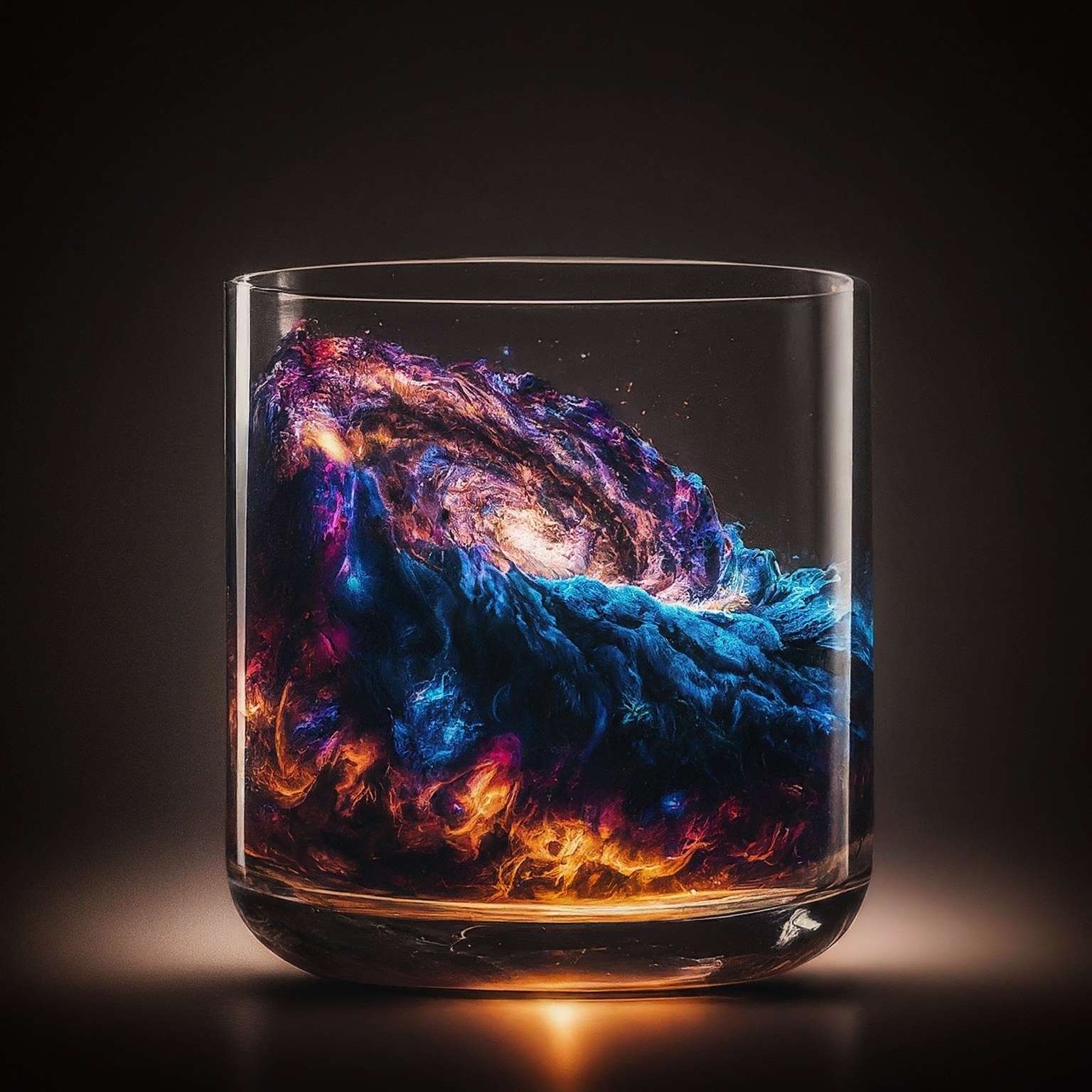It’s been a while, here’s an experiment with the scanner and perpendicular rotation, the model is rotating on an office chair, very slowly, and the scan is from top to bottom over 2-ish minutes.
Holy hell, it’s been 5 months?
Great work as always.
Its amusing that fast sensors are almost necessary to fight led strobing over slower sensors. Is the scanner so slow that strobing also isn’t an issue?
The lights used here are continuous sources. Flickering sources show up as evenly spaced streaks across the whole image. Kind of like video of an old CRT TV.
It’s not hard to get non-flickering LED lights. If you don’t want to spend a fortune on certified flicker-free ones, visit a store with a photocell and an oscilloscope or Arduino.
LEDs strobe multiple times per second, this image was taken over two minutes
That’s the root of my question.
The whole exposure isn’t continuous. Since the camera is a scanner, the final exposure can be though of as a series of narrow slices that are each exposed individually. That’s why OP can creat these cool effects.
In order to avoid strobing, each of these exposures would have to be sufficiently long to catch a large enough number of strobes that having one fewer than an adjacent exposure doesn’t cause issues.
I was wondering if this is actually the case or if OP has encountered strobing.
A little more context:
The exposure time for each line is a maximum of 30 ms. That number comes from dividing the amount of lines over the time a scan takes. Factoring in overhead from read-time and actually incrementing the sensor, I guess the sensor is open for maybe 15-20 ms.
As I said above, flickering sources are an issue. They manifest as periodic lines of darker and brighter streaks, kind of like venetian blinds. The LED sources I sometimes use are meant for film, so they’re either continuous, or on fast enough duty cycles so it doesn’t really matter, fluorescent sources powered from mains are from my experience most likely to mess things up.
Specifically, 100 or 120 Hz depending on the mains frequency. This is at least 12 000 cycles during the scan, way more than the effective vertical resolution.
I really love these. Please keep them up. 💜
I’d put that in the office. Just to fuck with coworkers.

